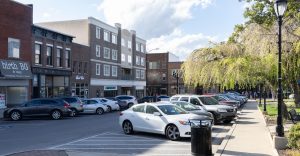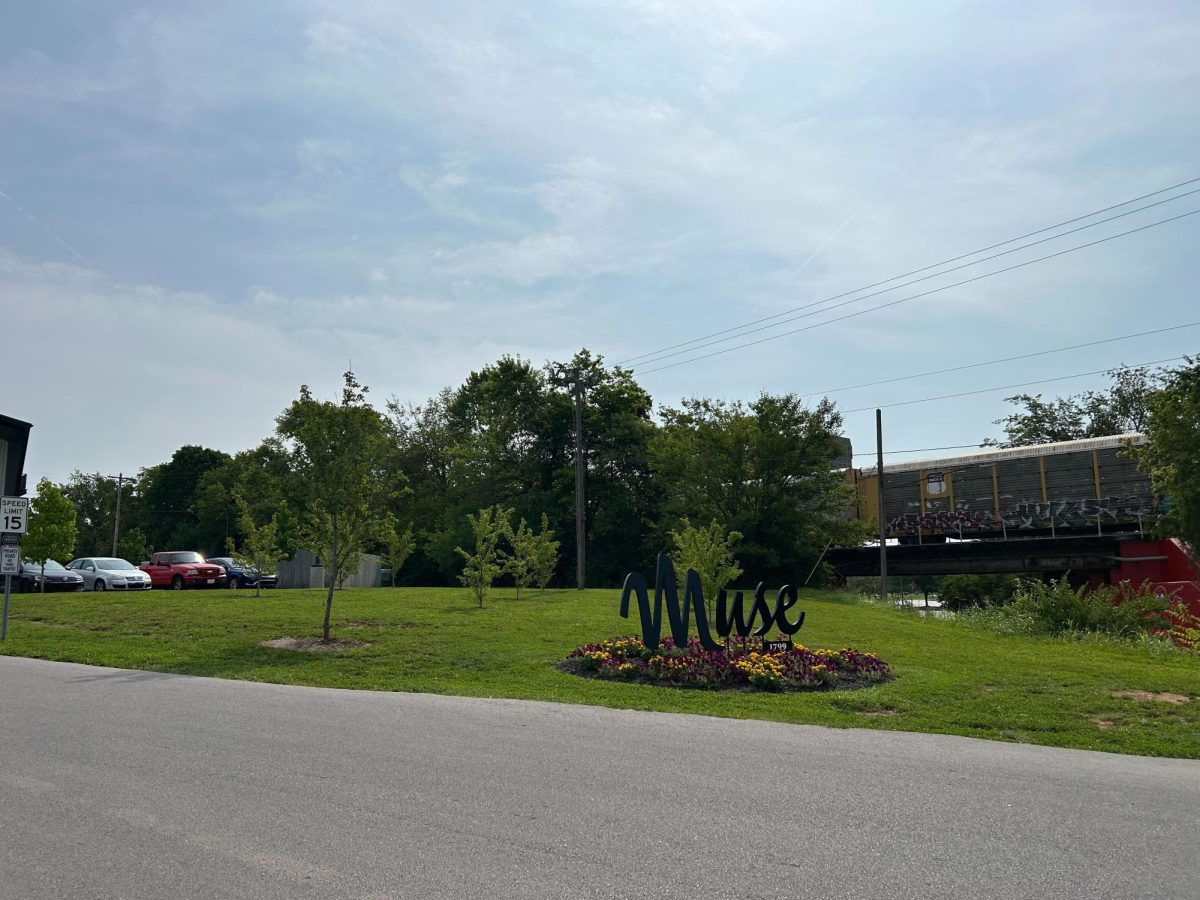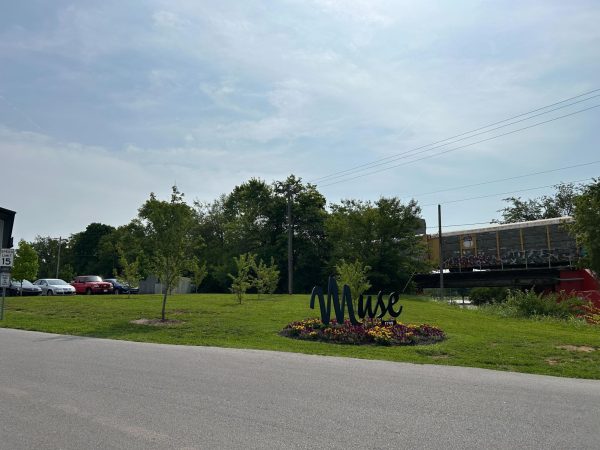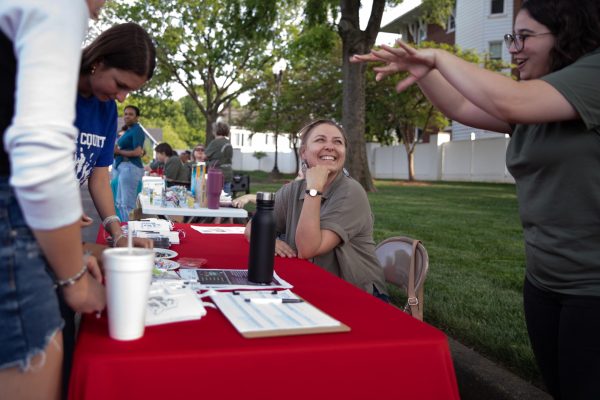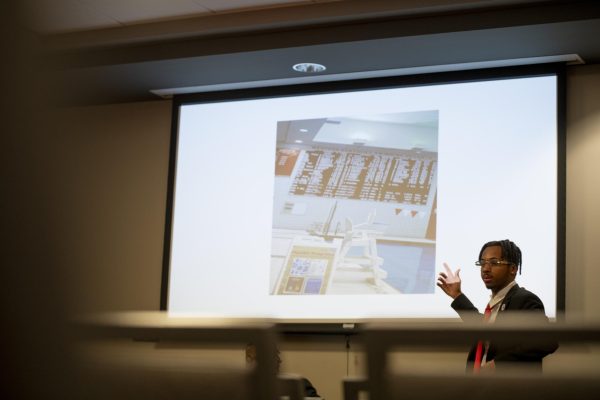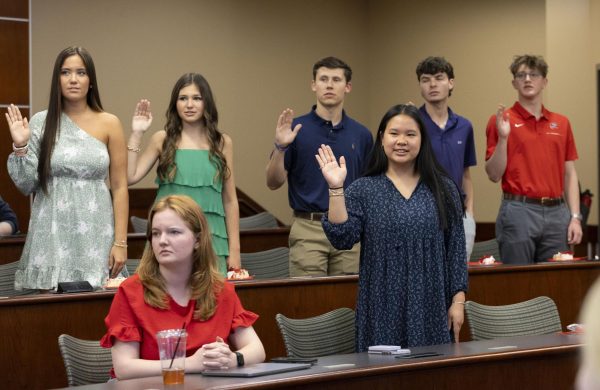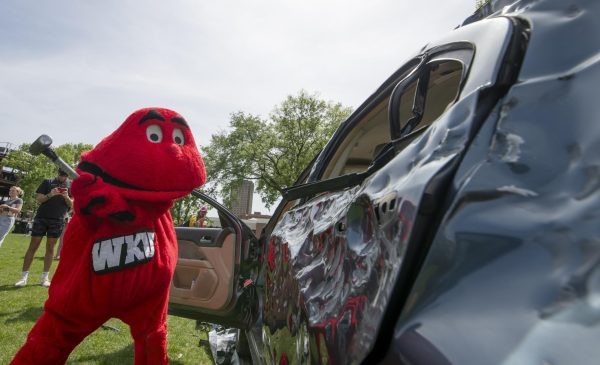Students pay two fees for renovated DUC
April 10, 2012
The Downing University Center renovation is officially underway, being paid for in part by students with the DUC renovation fee.
But students have been paying for DUC for more than 40 years, even after the building was fully paid off.
Two separate student fees are going toward the DUC renovation — the renovation and student centers fee.
DUC was completed and opened in 1970, but it took until 2008 to finally pay off the debt on the building due to a series of refinances, said Ann Mead, vice president for Finance and Administration.
Due to the almost four-decade long debt payment period, President Gary Ransdell said administrators have known for a long time that DUC was fast becoming out of date.
“We’ve known for the last 10 years that we needed to be moving towards renovating that building,” Ransdell said. “That building gets such wear and tear, it needed to be updated. But we couldn’t begin that process in earnest until the previous debt was removed.”
The student centers fee was put in place around the time of DUC’s construction to help pay off the building and remained in place after it became apparent that DUC needed renovating, Ransdell said.
The fee took into consideration the existence of the university center’s fee already in place, he said.
The renovation fee was put in place last fall, charging students $70 per semester to help fund the renovation project. The renovation fee will be removed once the debt for the renovation has been paid off, estimated to be in about 20 years. The university center’s fee is currently $57, said Charley Pride, director of Student Activities and Organizations.
“Had that not been in place, the number that had been put in place now would have been a larger number,” he said.
Howard Bailey, vice president for Student Affairs, said the student center’s fee hasn’t been used and wasn’t created solely to pay off debt on the building but to also pay for day to day needs of the university center.
The DUC auditorium renovation is an example of the student centers fee at use. Since 2008, the university has been sitting on the fee money, and had that money not been available for the auditorium renovation, the price of the renovation fee would have been higher, Bailey said.
John Osborne, vice president for Campus Services and Facilities, said the student center’s fee was put in place in part to pay off the debt of DUC and Pearce-Ford Tower, which were built at the same time with the same bond.
“The fee was put in place not only to retire the debt on the Downing Center but was also a fee for university centers to use for day to day operations,” Osborne said.
Pride explained that the main source of money that goes toward the current renovation is the student renovation fee, making up around $2.1 million a year. Of the money earned from the student centers fee, about $400,000 goes toward paying off the renovation debt, while the rest helps maintain DUC daily operations.
Bailey said the fee won’t be going away any time soon.
“It will stay in place … and 20 years from this renovation project, you’re going to have to have maintenance money and things to take care of things that occur between now and then.”






